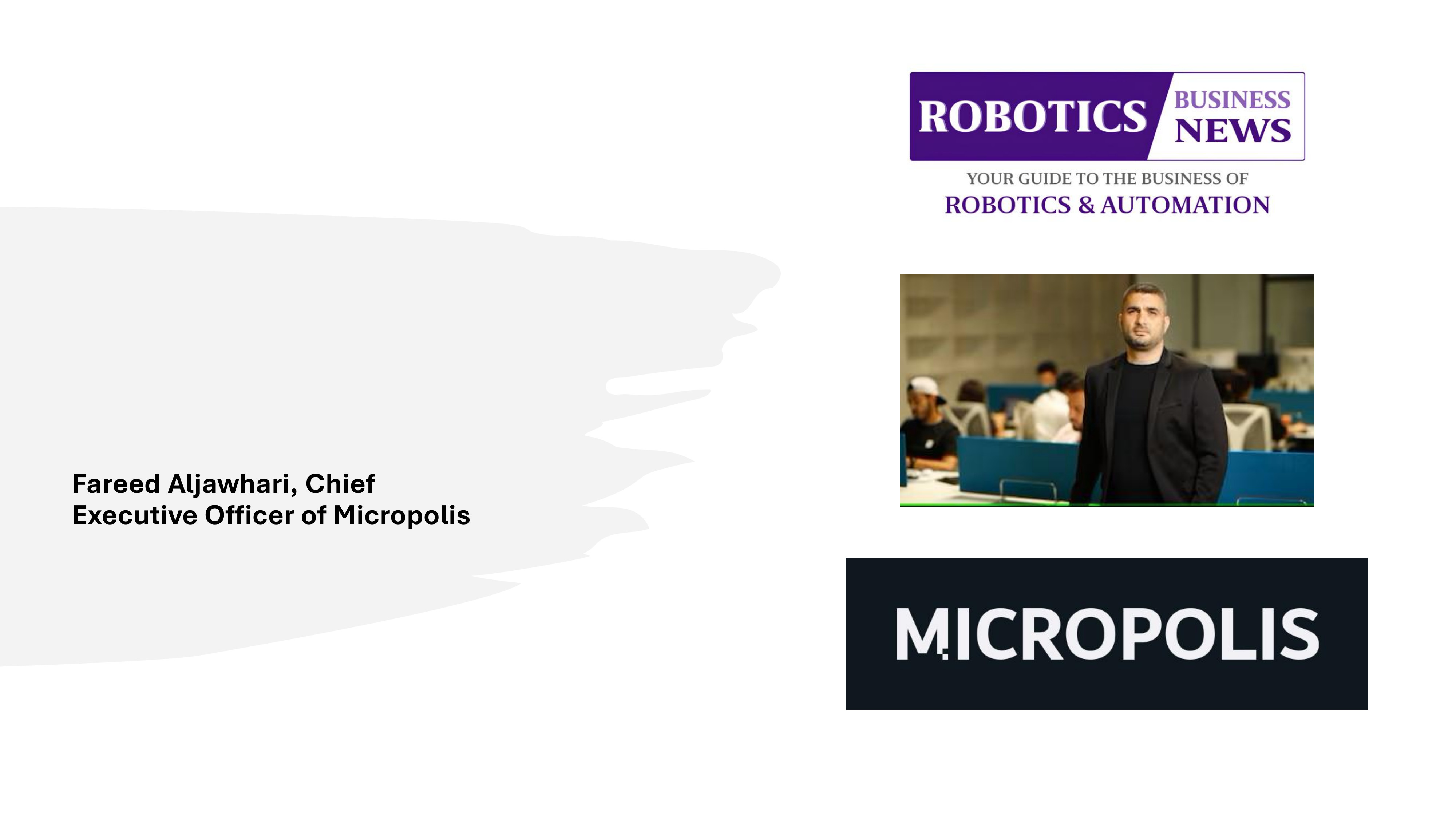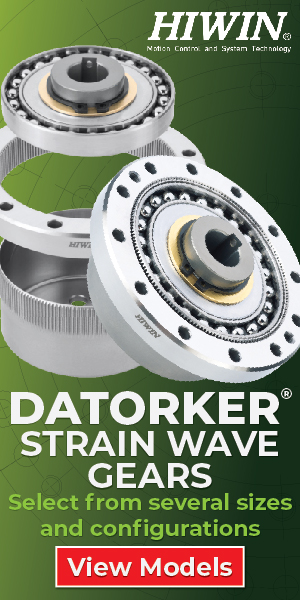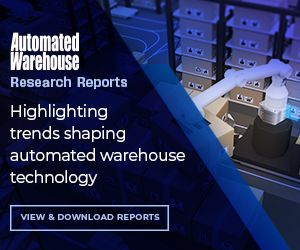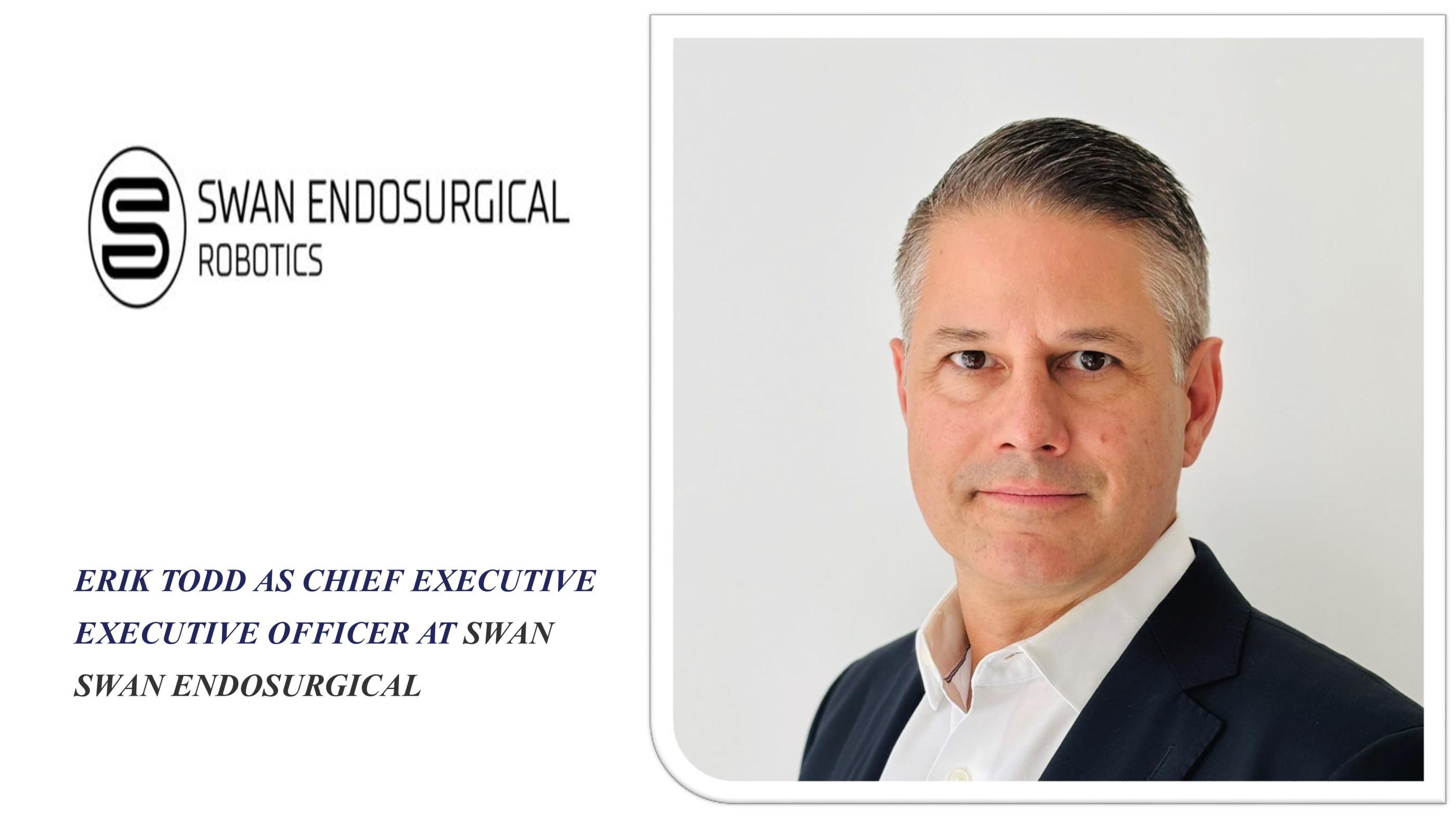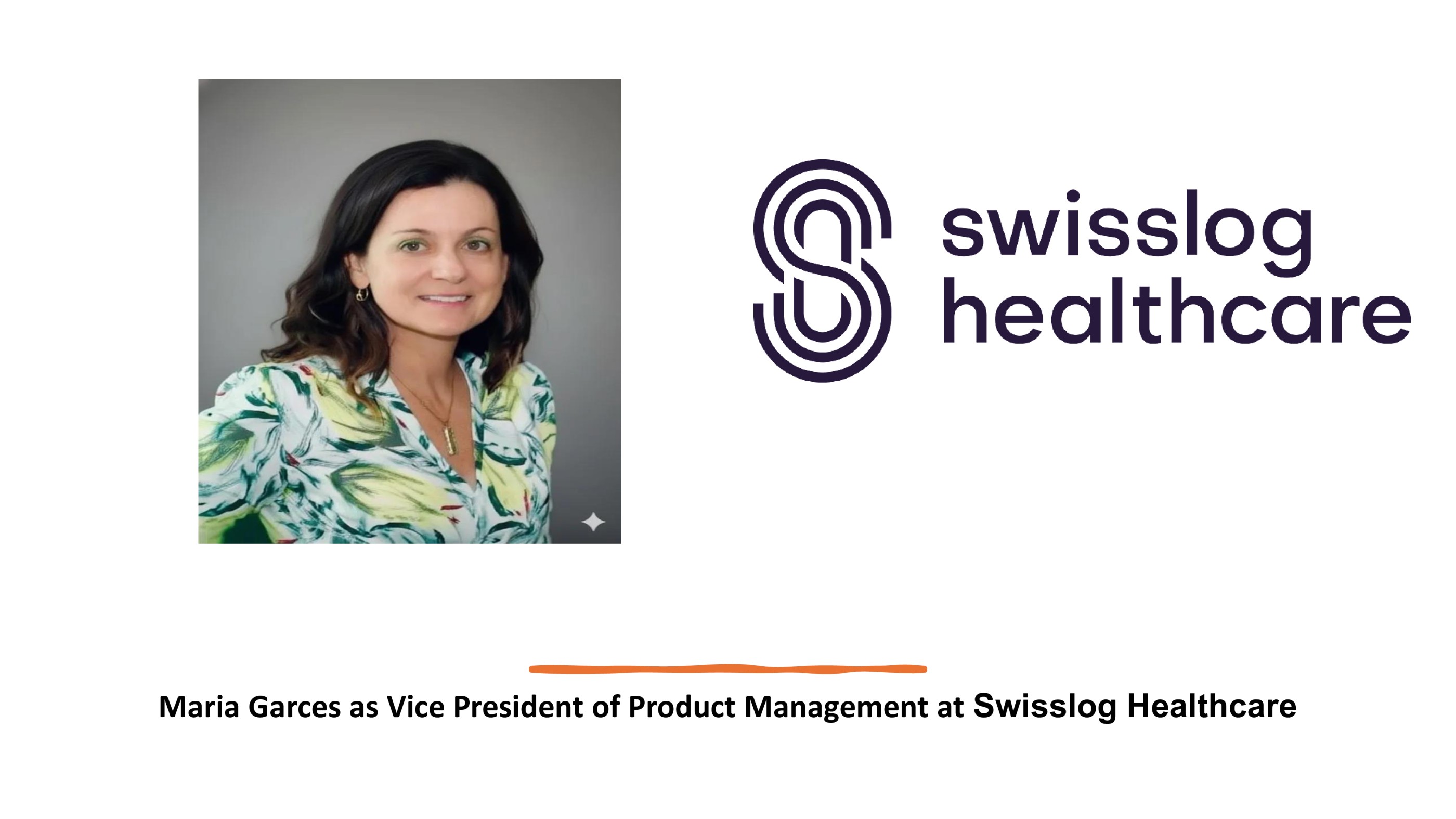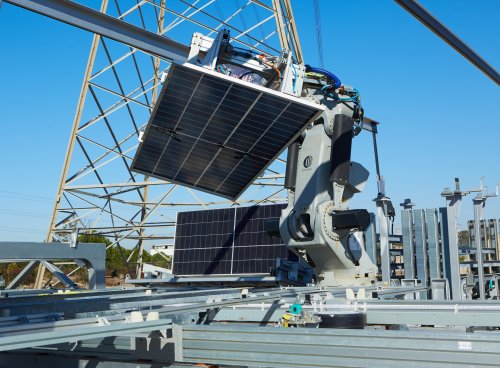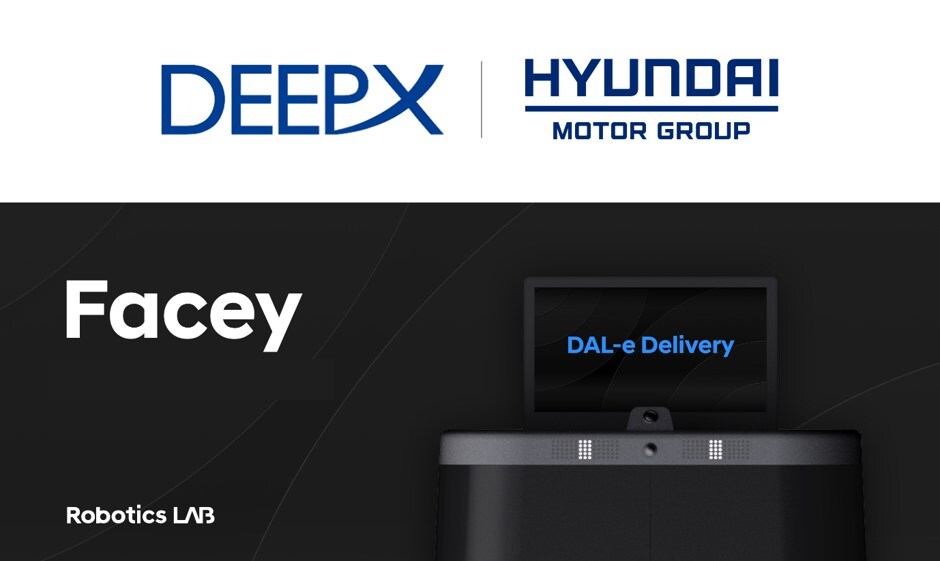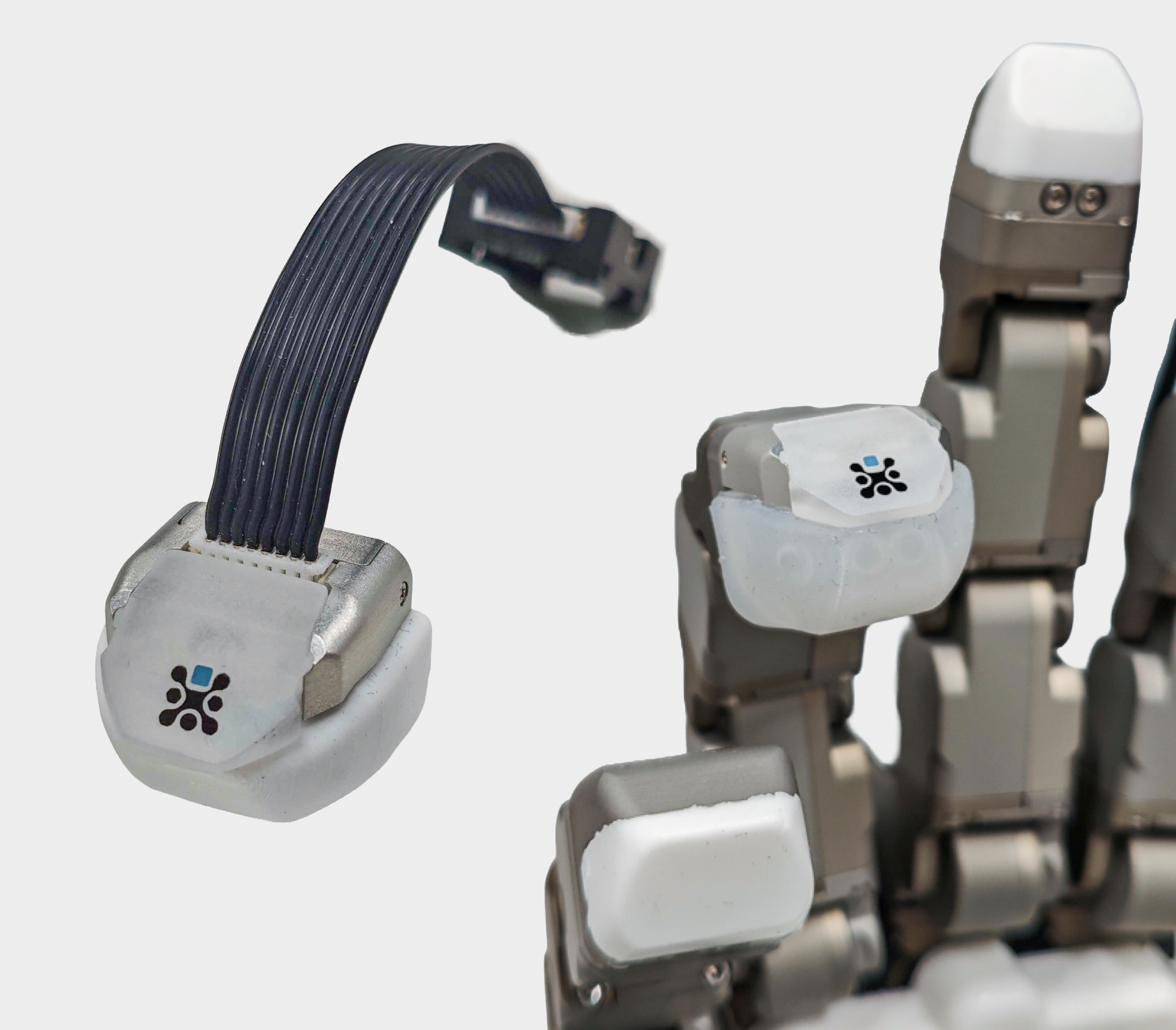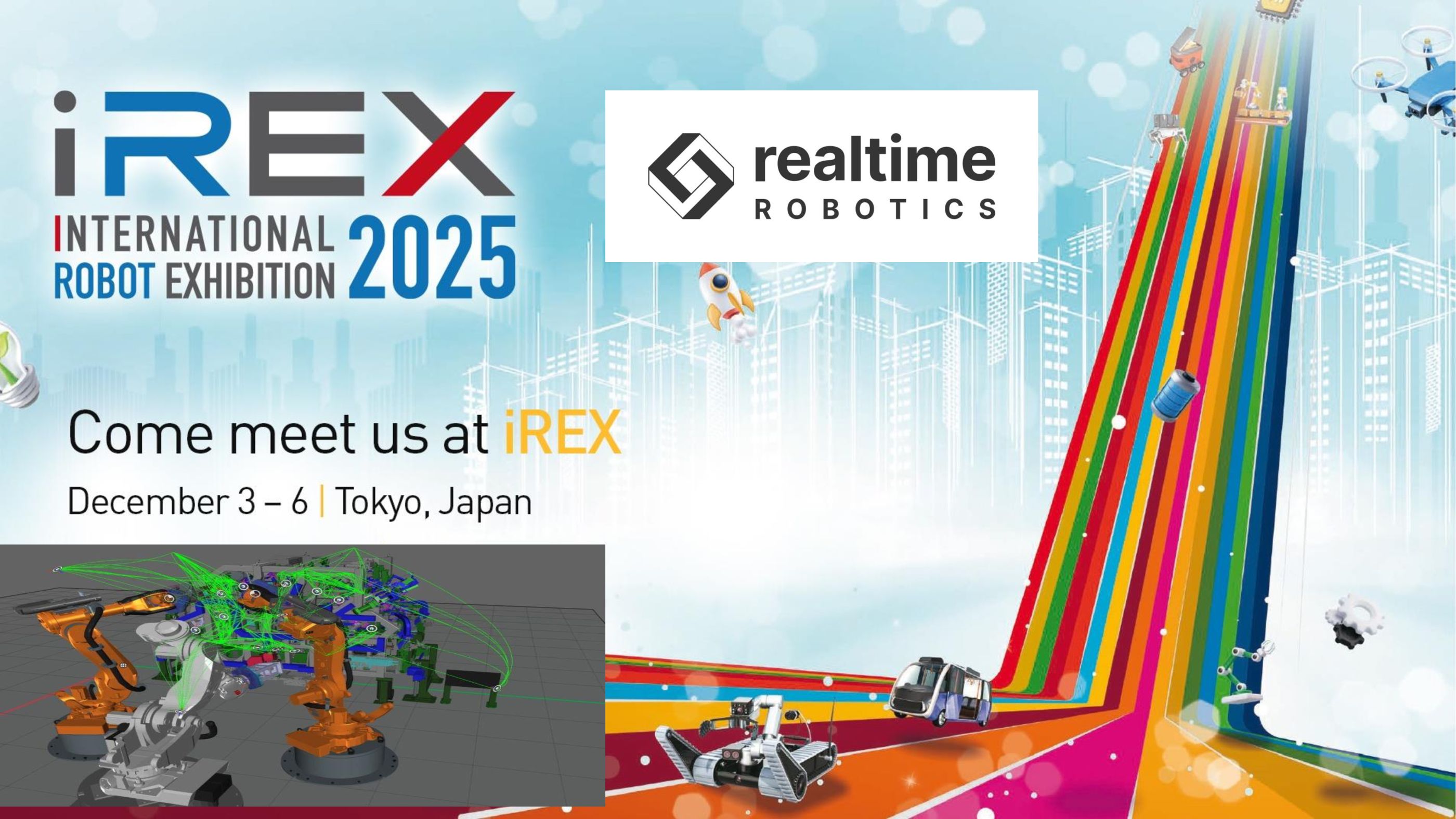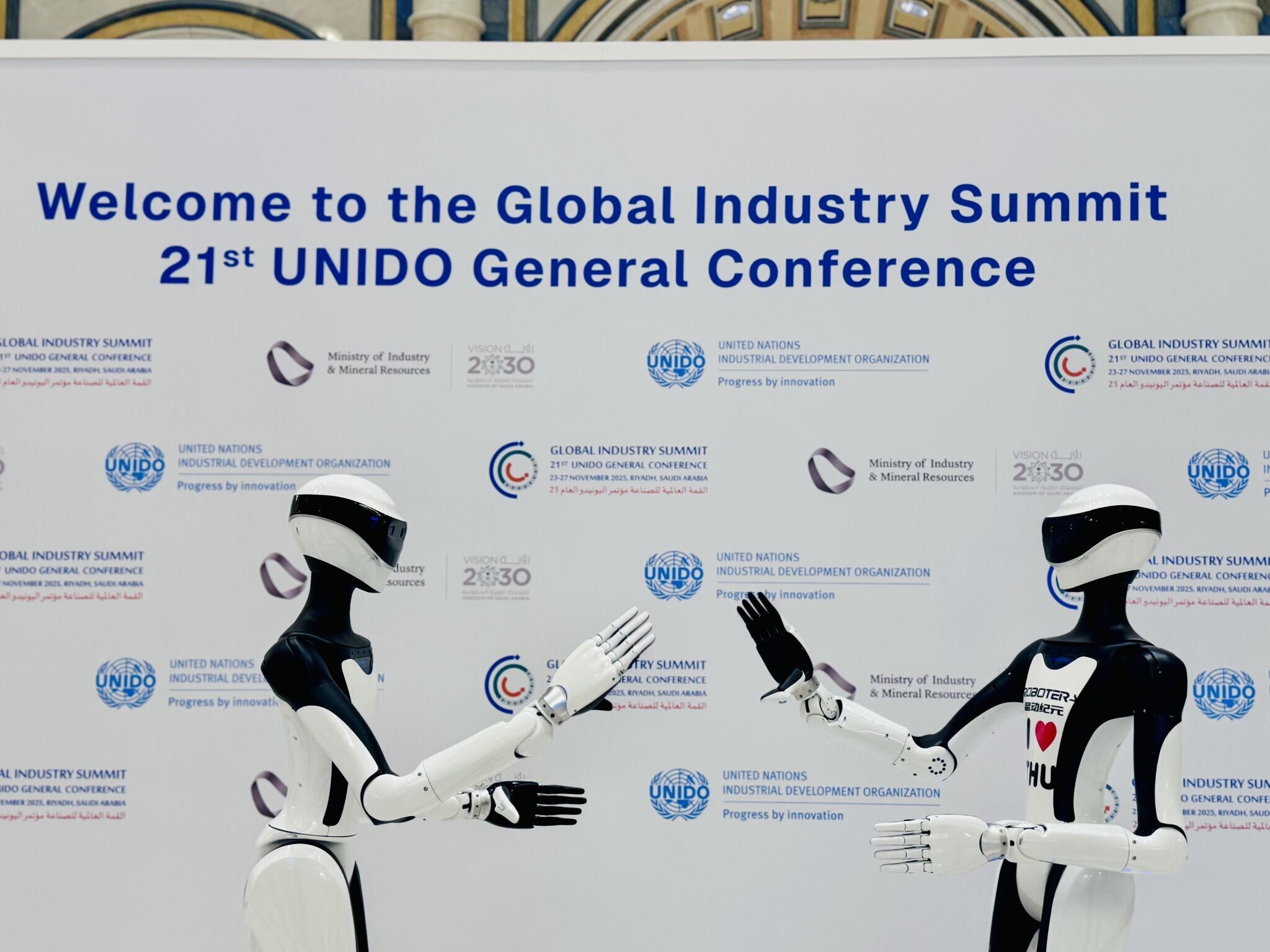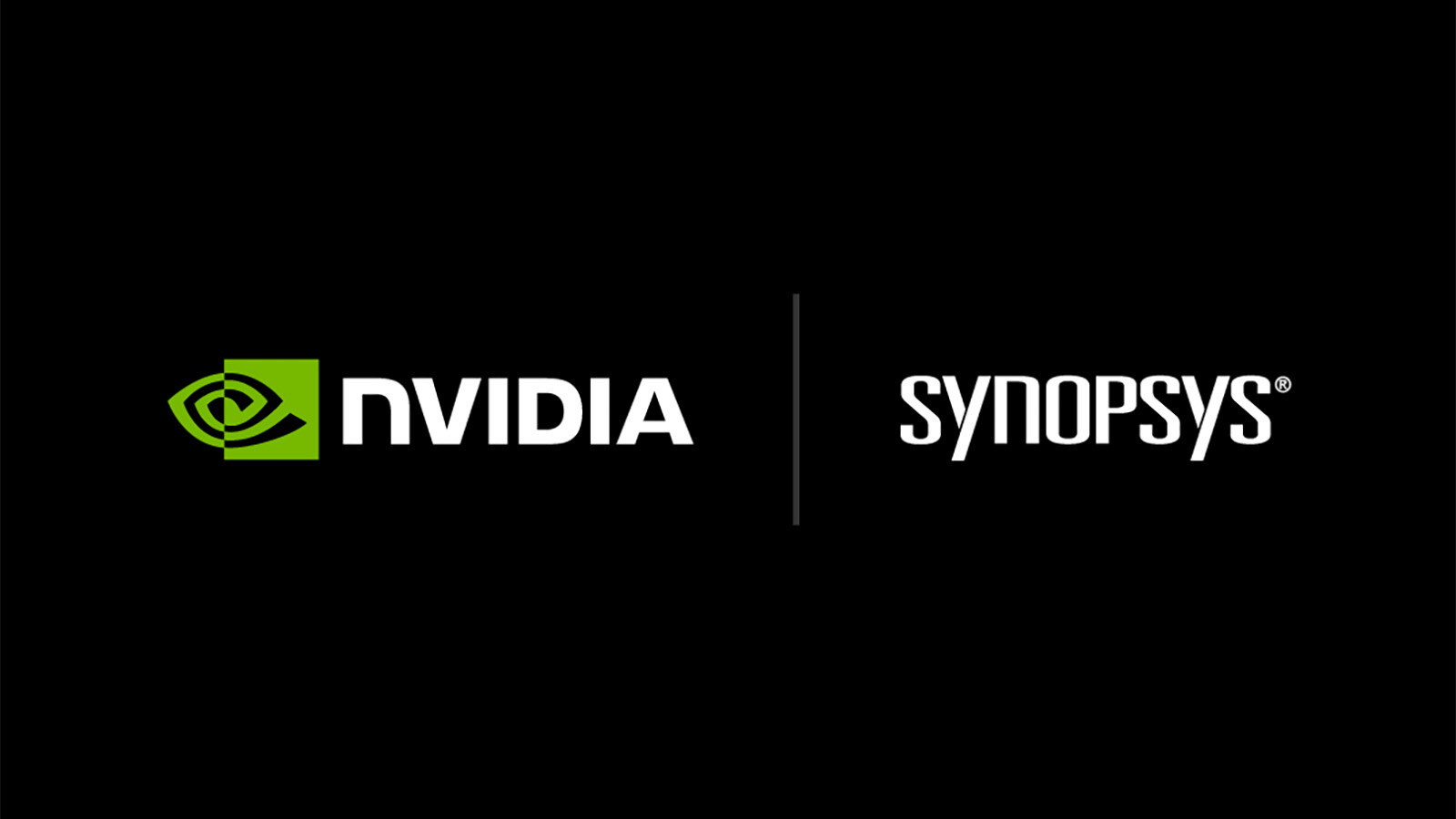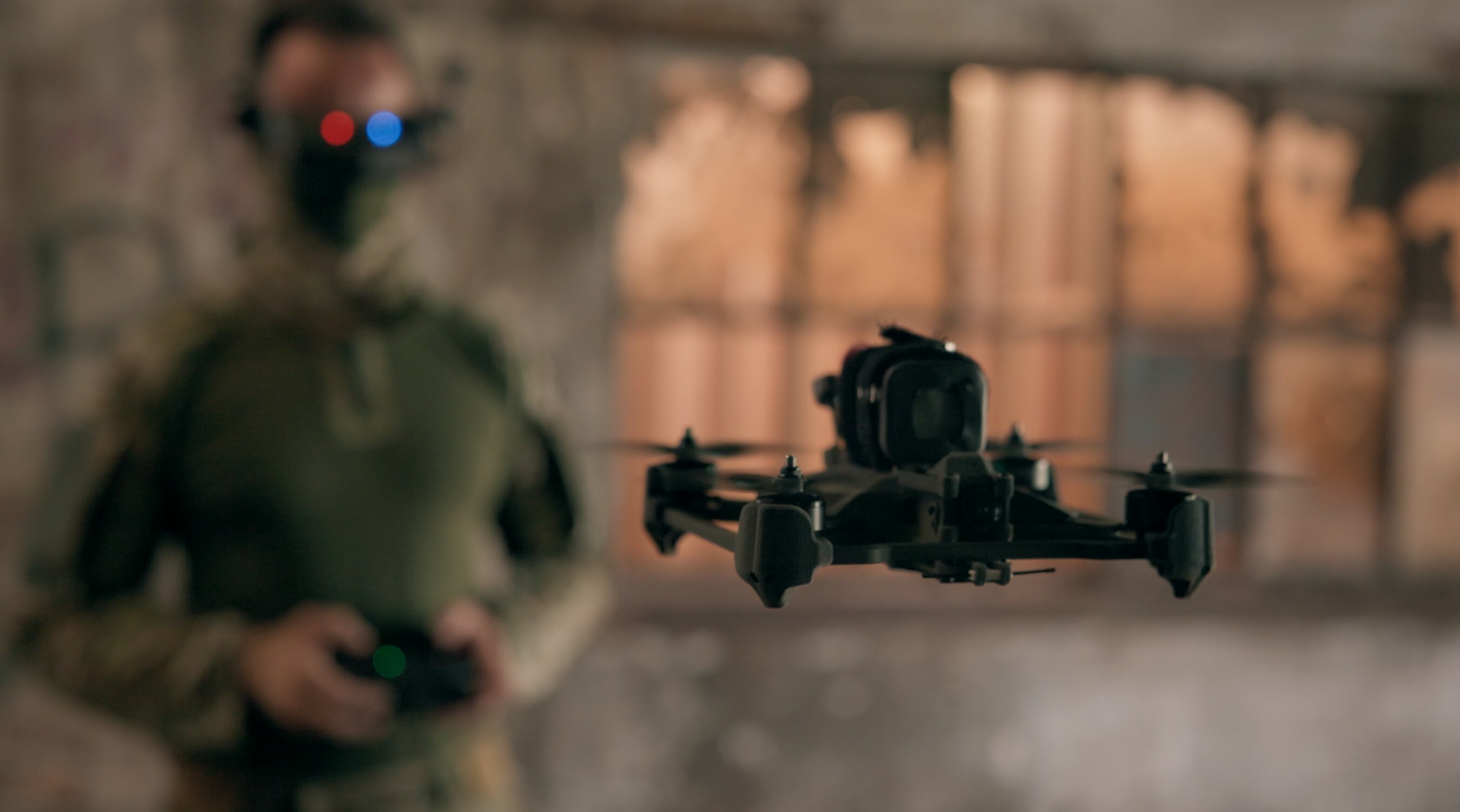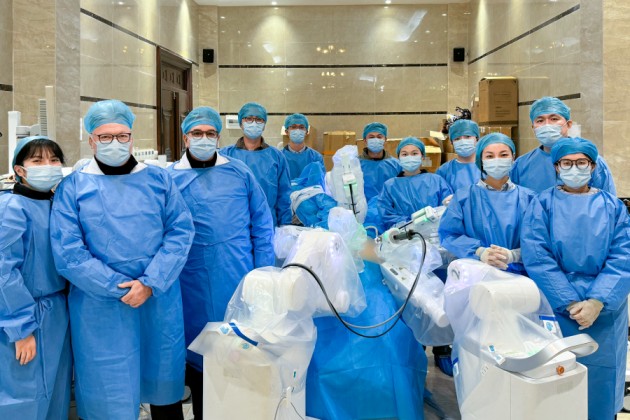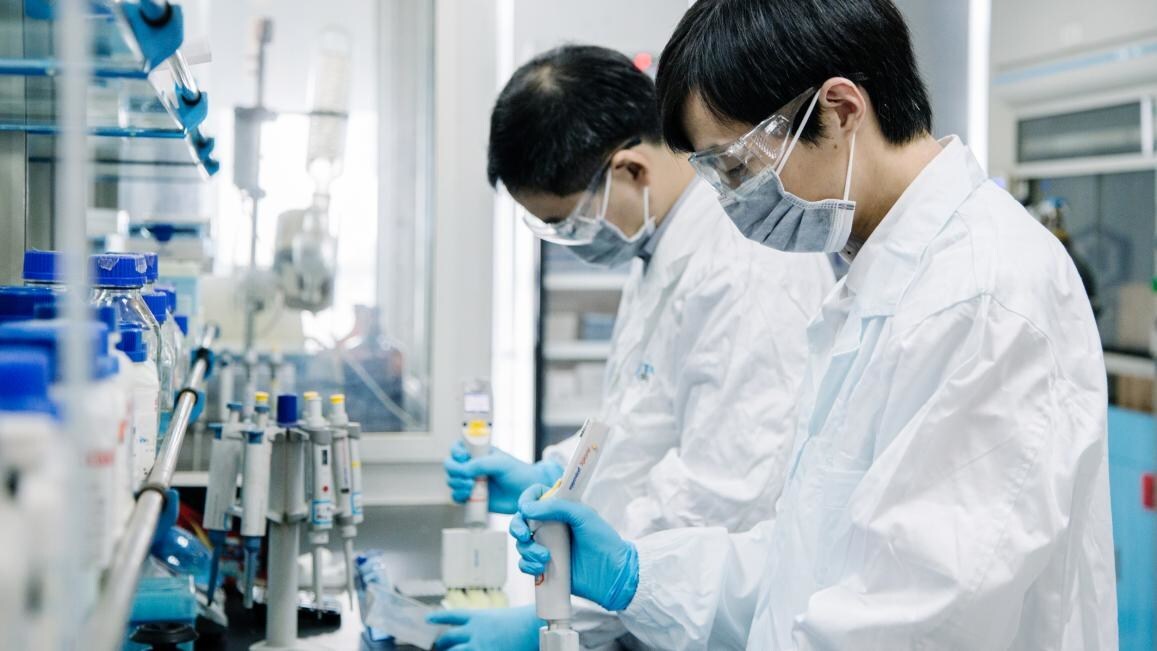Micropolis CEO Fareed Aljawhari on Shaping the Future of Robotics for Sustainability, Safety, and Industry
19 June 2025 | Expert Insight | By editor@rbnpress.com
From reforestation in remote deserts to autonomous patrol units and industrial sanitation robots, Micropolis is pioneering UAE-built robotics solutions that merge AI, environmental stewardship, and smart infrastructure for a more resilient global future.
In a recent interview with Robotics Business News, Fareed Aljawhari, CEO of Micropolis, shared the company’s vision for advancing robotics and AI solutions rooted in sustainability and national innovation. He detailed how Micropolis is developing autonomous technologies—from forestry restoration robots to smart industrial cleaners and patrol units—tailored to the UAE’s unique needs. The discussion also covered key partnerships, including collaborations with Dubai Police, Emirates Steel, and the Abu Dhabi Environment Agency. With a focus on modular design, edge AI, and local manufacturing, Micropolis is positioning itself as a leader in next-gen robotics for critical sectors.
What inspired Micropolis to develop the Robotic Forestry Unit, and how does it contribute to environmental restoration efforts?
The Robotic Forestry Unit was developed as part of a strategic partnership between Micropolis Robotics and the Abu Dhabi Environment Agency, which oversees 20 protected natural reserves across the emirate. The inspiration came from the agency’s mandate to enhance biodiversity and strengthen the natural ecosystem through reforestation, particularly in remote areas that are difficult to access using traditional methods.
This autonomous robot is designed to support large-scale, sustainable tree seeding and planting operations in desert and semi-arid terrain. By automating the process, the unit reduces manual labor, ensures consistency in planting patterns, and accelerates the agency’s efforts to regenerate wildlife habitats. It navigates independently, identifies optimal planting spots using onboard AI and geospatial mapping, and can operate continuously without the need for constant human intervention.
The goal is not just to plant trees, but to restore ecosystems, boosting food sources and shelter for native wildlife, improving soil quality, and contributing to climate resilience. The project is a prime example of how robotics and environmental stewardship can work hand-in-hand to address critical ecological challenges.
That said, the robot is still in the early stages of development. We are currently focused on designing, developing and prototyping its robotic functions. This includes refining its mobility, optimizing the seeding mechanisms, and ensuring it can operate effectively across different terrains. It will take time to assess its long-term efficiency, but the collaboration represents a promising step toward scalable, tech-driven environmental stewardship.
Can you elaborate on the capabilities of the Box Cleaner and its impact on sanitation processes in industrial settings?
The Box Cleaner was developed in partnership with MCS Robotics to tackle a critical yet often overlooked challenge in global logistics: the cleanliness and biosecurity of shipping containers. The system is designed as an autonomous robot equipped with high-pressure washing systems, UV sanitation modules, and AI-based dirt and residue detection. It aims to drastically reduce water consumption compared to manual cleaning methods while delivering standardized, repeatable hygiene processes that comply with international sanitation protocols.
The robot is intended for use in ports, logistics hubs, and food distribution centers, where it can improve operational efficiency, reduce health risks, and enhance worker safety. That said, the Box Cleaner is still in the early stages of design and development. It will undergo multiple iterations and rigorous testing to refine its performance, efficiency, and reliability before reaching full commercialization. Our team is focused on engineering a robust solution that can meet the demands of high-throughput industrial environments on a global scale.
How has the M01 Patrol Unit been integrated into Dubai's public safety infrastructure, and what outcomes have been observed?
The M01 Patrol Unit is currently part of an ongoing pilot project with Dubai Police, aimed at evaluating the integration of autonomous patrol vehicles into the city’s broader public safety infrastructure. While it has not yet been officially deployed, the M01 is designed to operate autonomously in high-priority urban zones as a mobile surveillance platform.
The unit is powered by AI and equipped with facial recognition, behavior analytics, and real-time video feeds connected to our proprietary incident management system, Microspot. It also includes a remote-driving function, enabling operators to take control during emergency response scenarios.
The goal of the pilot is to validate the platform’s capabilities and assess its impact on key performance areas such as increasing police visibility, reducing reliance on manned patrols, and enabling faster, automated incident reporting. Early indicators are promising, and we are hopeful that the outcomes will support full deployment as part of Dubai Police’s smart policing strategy.
What specific aspects of the MoU with Emirates Steel are you most excited about, and how do you envision this partnership evolving?
The MoU with Emirates Steel marks a pivotal step in integrating autonomous robotics into heavy industry. We are most excited about deploying AI-powered robotic inspection and logistics solutions within one of the region’s most advanced industrial environments. This partnership will serve as a model for how smart robotics can optimize asset management, reduce operational risk, and improve worker safety in steel manufacturing. Long-term, we see this evolving into a co-innovation program focused on predictive maintenance, autonomous material transport, and eventually, full robotic integration into foundry workflows.
How do Micropolis's autonomous systems align with the UAE's broader goals for industrial innovation and sustainability?
Micropolis is fully aligned with the UAE’s vision to become a global hub for advanced industries, digital transformation, and sustainability. Our robotics solutions are designed to reduce reliance on manual labor—particularly in high-risk jobs and harsh environments—while lowering operational emissions and digitizing critical services across sectors such as public safety, industrial logistics, and infrastructure management.
We are proud contributors to national initiatives such as the UAE’s Industry 4.0 program, the digital transformation strategy, and the In-Country Value (ICV) program led by the Ministry of Industry and Advanced Technology. Our autonomous platforms and AI systems reflect the country's commitment to local innovation, energy efficiency, and resilient, future-proof manufacturing.
Importantly, our entire value chain, from R&D and prototyping to industrialization is based in the UAE. This enables us to support economic diversification, create high-value jobs, and drive knowledge-based growth within the national ecosystem.
What challenges did Micropolis face in developing these advanced robotics, and how were they overcome?
One of the key challenges we faced was developing multi-sized robotics platforms that are both rugged and intelligent, capable of operating in extreme conditions, including high temperatures, sandy terrain, and dense urban environments. To overcome this, we adopted a modular design strategy, dividing each robot into two core components: a mobility-specific platform and functional application spcific pod equipped with a dedicated control system. This approach streamlined our development process, simplified testing, and allowed for rapid customization based on diverse operational requirements.
Another major challenge was achieving reliable real-time autonomy using edge processing. Rather than relying on third-party solutions, we developed our own robotic control unit and proprietary AI stack. This allowed us to maintain full control over latency-sensitive decision-making, improve system resilience, and ensure consistent performance in mission-critical applications.
How does Micropolis plan to expand the deployment of these technologies beyond the UAE?
We are actively engaged with international partners and industry stakeholders as we prepare for global market entry in the mid term. However, our current focus remains on the UAE, given the substantial domestic demand for automation, particularly in remote operations and challenging environments where our solutions deliver the most value.
Our approach is to first deploy, test, and validate our technologies with key partners in the UAE. Once proven locally, these successful use cases will serve as a foundation for expansion into international markets. We plan to scale through strategic partnerships with local industry players in each targeted region, ensuring contextual relevance and smooth market entry.
In parallel, we are planning to establish a physical presence in key global markets through localized assembly lines and system integration hubs to support deployment, maintenance, and customization at scale.
What future innovations can we expect from Micropolis in the field of robotics and AI-driven solutions?
The next phase of Micropolis’s innovation roadmap focuses on building a complete automation ecosystem that extends beyond standalone robotic units. We are actively developing collaborative robotics, AI-integrated edge analytics, and swarm-based autonomous operations to enable intelligent coordination across multiple platforms.
A key area of focus is the integration of drone-UGV hybrid systems—where the drone component is sourced from a specialized third-party provider and fully integrated into our robotic platforms. These systems are designed for multi-layered surveillance and rapid response applications, particularly in border control and large-scale perimeter security.
In parallel, we want to invest in agricultural robotics that combine aerial and ground sensors to optimize crop monitoring, irrigation, and yield forecasting. We are also developing a centralized command ecosystem that includes edge computing infrastructure, operation room integrations, and intelligent fleet management tools—enabling entire robotic fleets to perform complex, multi-task missions autonomously.
Through all these innovations, our mission remains constant: to build autonomous systems that solve real-world problems, extend human capability, and promote safer, smarter, and more sustainable living


